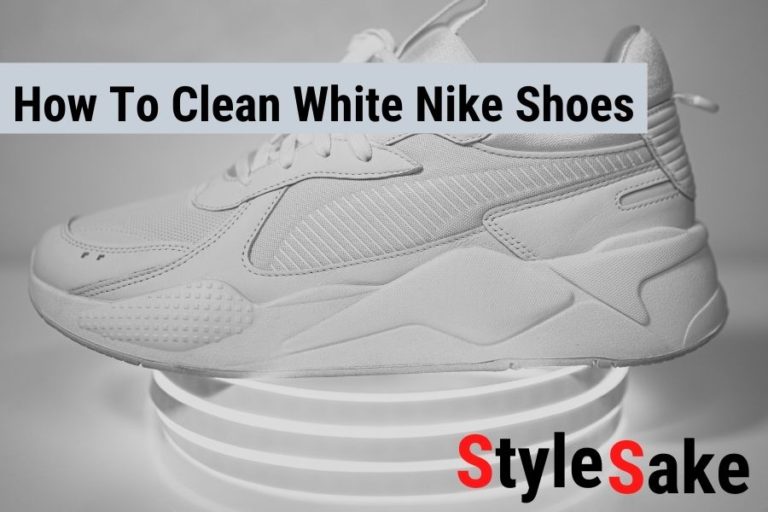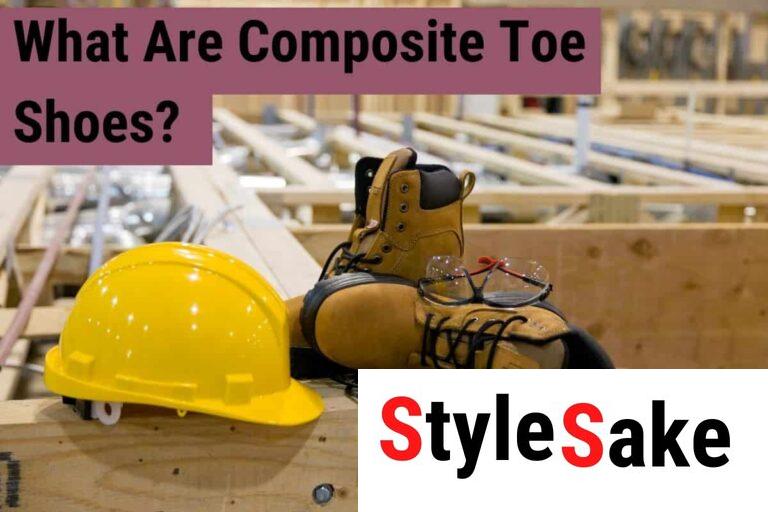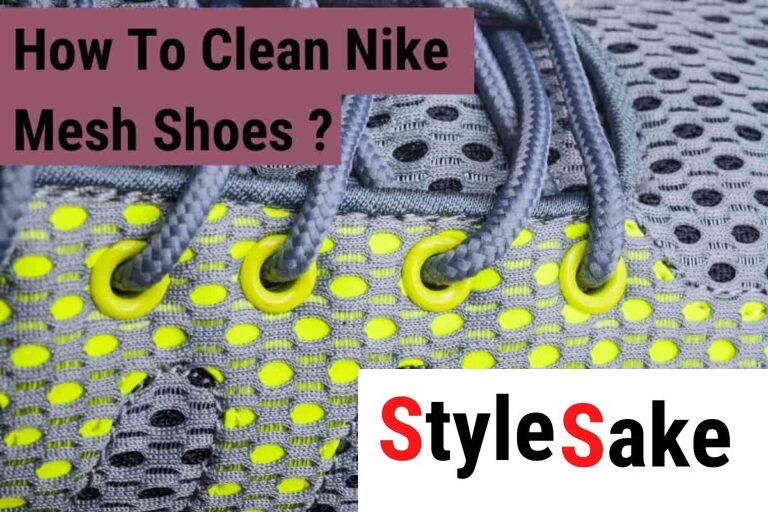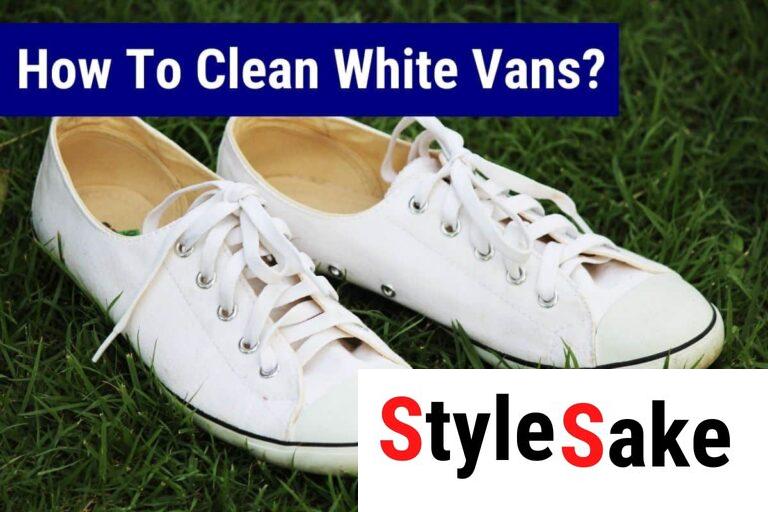What Are Pointe Shoes? Working & Guide in 2023
There are many shoes out there nowadays. Many types of shoes are used for many occasions and each type has it’s own special merits and demerits that makes it suitable for certain occasions. No doubt, casual shoes like Slip On Shoes and Vans Sneakers are most common but pointe shoes are also famous among dancers and performers.
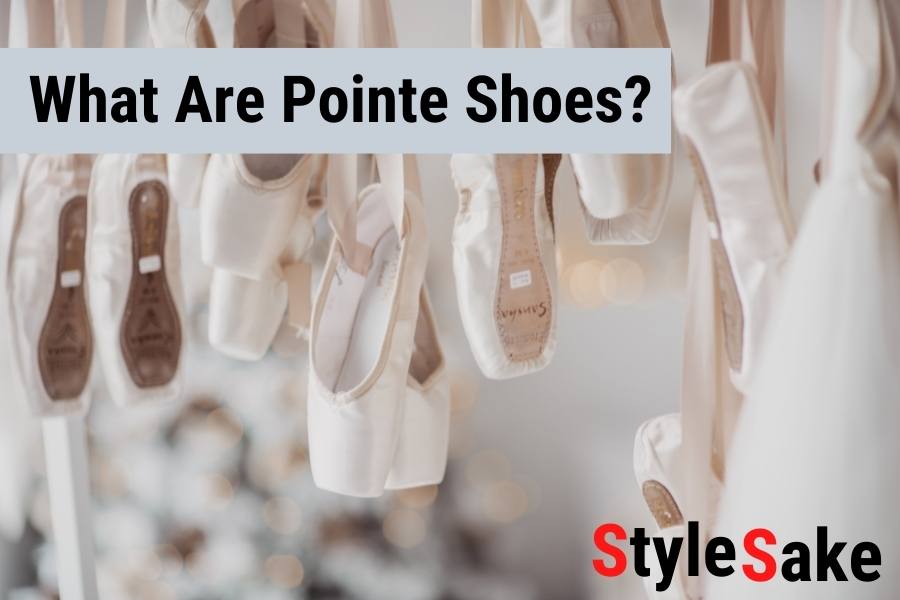
Pointe shoes are an important part of a ballet dancer’s wardrobe, and they can be very expensive. dancers usually have multiple pairs of pointe shoes that they rotate through, as each pair only lasts for a few performances.
Pointe shoes must be broken in before they can be worn, and this process can take several weeks sometimes. Once they are broken in, the shoes will conform to the dancer’s feet and help them achieve the proper balance and alignment for pointework.
What are Pointe Shoes?
Pointe shoes are a type of ballet shoe that helps dancers perform pointework, which is a part of classical ballet. The shoes are designed to make it possible for the dancer to stand on their toes for extended periods of time. Pointe shoes have a hard toe box that helps support the dancer’s foot and ankle, and they also have a soft upper that helps the dancer move more freely.
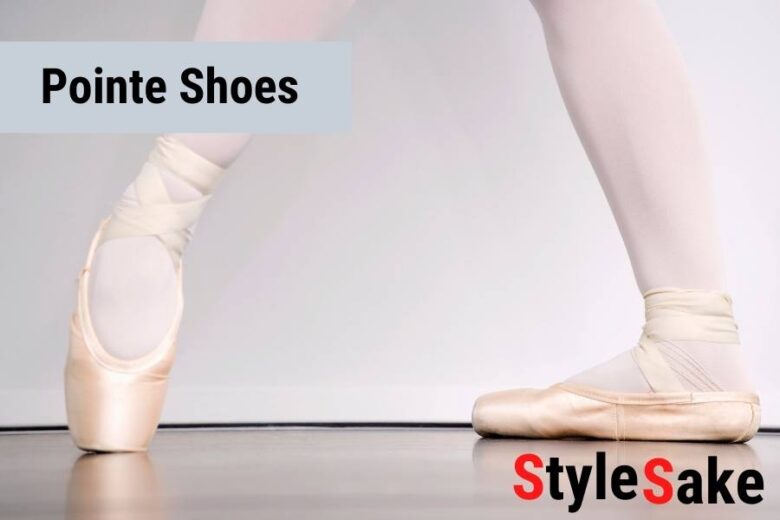
Dancers usually start wearing pointe shoes around the age of 12 or 13, after they have been taking ballet classes for several years and have developed the strength and technique necessary to perform pointework safely. Wearing pointe shoes can be a bit of a challenge at first, as they require a lot of strength and balance. However, with practice, most dancers are able to get used to them and perform pointework with ease.
How Pointe Shoes Work?
Pointe shoes work by distributing the dancer’s weight evenly across the entire surface of the shoe. This helps to prevent the dancer from tipping over and makes it possible for them to stand on their toes for extended periods of time. The shoes also have a hard toe box that helps support the dancer’s foot and ankle, and this helps to prevent injuries.
The working principal of pointe shoes is simple, but the shoes themselves are actually quite complex.
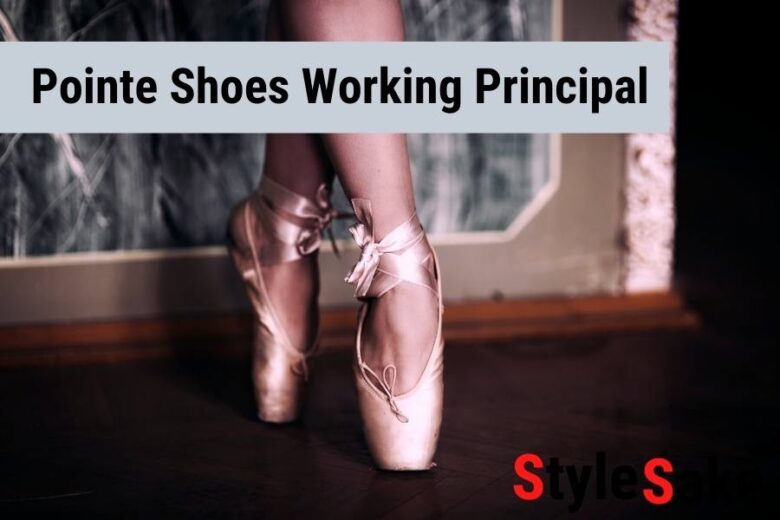
Balancing the weight on the shoes is vital to prevent injury.
Pointe shoes are designed to help distribute a dancer’s weight evenly across the entire surface of the shoe. This helps to prevent the dancer from tipping over and makes it possible for them to stand on their toes for extended periods of time.
Pointe shoes must be fitted correctly in order to work properly, and this process can be quite involved. Size is always a factor to make shoes comfortable no matter what type of shoes they are.
What Are Pointe Shoes Made of?
Pointe shoes are made of multiple layers of material, including cardboard, fabric, and leather. The insole is also reinforced and padded to protect the dancer’s feet, and the shank (the stiff part of the shoe that helps support the dancer’s weight) is usually made of wood or plastic.
The toe box is the most important part of the pointe shoe, as it is what supports the dancer’s foot and ankle. The toe box is made of multiple layers of material, including cardboard, fabric, and leather, and it is reinforced with steel or other materials to provide support.
Breaking in Pointe Shoes
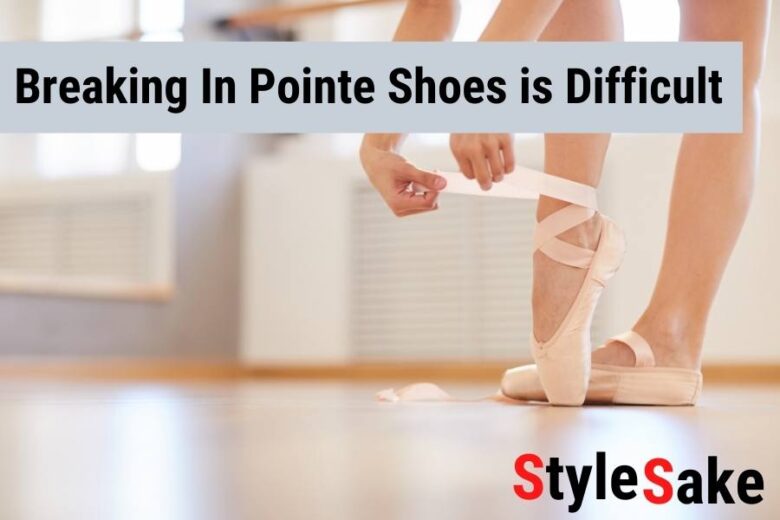
Breaking in pointe shoes is a process that can take several weeks. The shoes must be slowly molded to the shape of the dancer’s feet, and this is done by gradually wearing them for longer periods of time each day. Once the shoes are broken in, they will conform to the dancer’s feet and help them achieve the proper balance and alignment for pointework.
Is Performing in Pointe Shoes Uncomfortable?
Once a dancer has broken in their pointe shoes, they will be able to use them for performances. Pointe shoes can be very uncomfortable, so dancers usually have multiple pairs that they rotate through. Each pair of shoes will only last for a few performances before they need to be replaced.
It’s very uncomfortable to perform in pointe shoes, but dancers usually have multiple pairs that they rotate through. Each pair of shoes will only last for a few performances before they need to be replaced.
Do Pointe Shoes Damage Your Feet?
If pointe shoes are not fitted properly or are not broken in correctly, they can damage your feet. It’s important to see a professional fitter and make sure that your shoes are the correct size. You should also break in your shoes gradually to avoid any injuries.
To avoid the unfortunate occasions and providing a better foot health experience many workspaces require safety shoes. That’s why many resturant employees wear Non Slip Shoes at work.
Ballet Slippers vs Pointe Shoes
Ballet slippers are light and flexible, and they are made of soft leather or canvas. They are designed to hug the foot and allow the dancer to feel the floor.
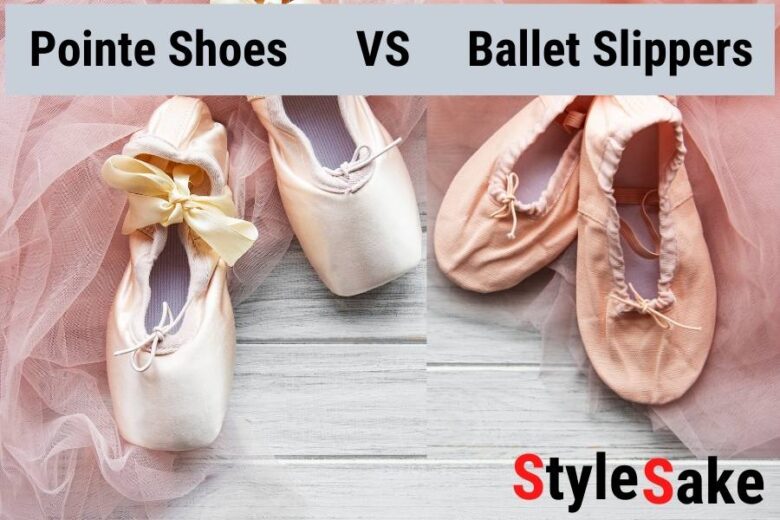
Pointe shoes are much stiffer than ballet slippers, and they have a hard toe box that helps support the dancer’s foot and ankle. They are also made of multiple layers of material, including cardboard, fabric, and leather.
The main difference between ballet slippers and pointe shoes is that pointe shoes have a hard toe box that helps support the dancer’s foot and ankle. They are also made of multiple layers of material, including cardboard, fabric, and leather but ballet slippers are light and flexible, and they are made of soft leather or canvas and have toe box on front.
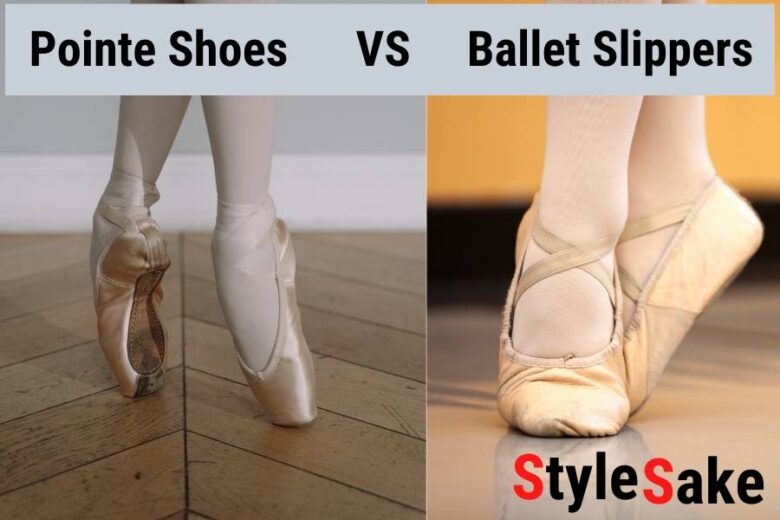
Both ballet slippers and pointe shoes are important for dancers, but they serve different purposes. Ballet slippers are used for rehearsal and practice, while pointe shoes are reserved for performances. Breaking in both types of shoes is essential to prevent injuries.
History Of Modern Pointe Shoes
Pointe shoes have a long and fascinating history dating back to the early 19th century when ballet dancers first began experimenting with dancing on the tips of their toes. Modern pointe shoes, however, didn’t begin to take shape until the mid-20th century.
In 1950s, a Russian ballet dancer, began making pointe shoes that featured a harder, more supportive box that allowed dancers to balance better and stay on their toes for longer periods of time. These shoes became increasingly popular, and over the years, other companies began making their own versions of the earlier Grishko shoes, with various modifications to fit different foot shapes and preferences.
Today, pointe shoes continue to evolve and adapt to the needs of modern dancers, while still honoring the rich history of ballet and the art of dancing en pointe.
What brands are famous for pointe shoes?
There are many brands of pointe shoes, but some of the most popular ones include Gaynor Minden, Capezio, Grishko, Bloch and Mirella. Each brand has its own style and fit, so it’s important to try on multiple pairs to find the ones that work best for you.
Where to buy Pointe shoes?
There are many places to buy pointe shoes, but some of the most popular ones include online retailers and dance stores. You can also find pointe shoes at some sporting goods stores.
